► Smallest ever Lexus
► LBX is based on Toyota Yaris Cross
► But feels different enough for you to consider
Premium car manufacturers seem determined to do everything possible to stop selling their small cars. Mercedes keeps wanting to kill off its A-Class hatch, while Audi will soon end production of its A1 supermini and Q2 crossover, despite them continuing to be two of its most popular cars.
But Lexus has spotted an opportunity to pounce with its smallest car ever, called the LBX. It is, of course, a small crossover, and one that shares plenty in common with the Toyota Yaris Cross, but appears to have enough discernible differences to set it apart. And not just from a looks perspective, but also under the surface. So, has Lexus finally created a car capable of making buyers shrug their shoulders at the German brands?
At a glance
Pros: Impressive fuel economy, refined and easy drive, well-built interior
Cons: Limited rear seat space, firm low-speed ride, very expensive in top trim levels
What’s new?
The LBX is a VERY indirect replacement for the Lexus CT 200h hatchback, discontinued in 2021. It’s intended to attract people who have never previously considered a Lexus, or who are downsizing from their current Lexus, or who want a second car and have enjoyed their big Lexus so much that they want a small one too.

It’s based on the Toyota Yaris Cross, using a version of the same chassis and a variant on the same engine, but with many changes. The body has also been significantly restyled, and the equipment level is higher.
What are the specs?
The LBX has a 1.5-litre three-cylinder engine with an electric motor powered by Toyota’s ‘self-charging’ (ie not plug-in) hybrid technology. It differs from the version used in the Yaris Cross in a few respects, including the employment of a balance shaft designed to make it smoother.
The front wheels are driven via a CVT automatic transmission. An all-wheel-drive version will also be available, but Lexus expects that to account for a very small number of sales.
The petrol engine and electric motor together make a peak output of 134bhp and 137lb ft of torque. That gives a 9.2-second 0-62mph time (or 9.6 seconds for the heavier all-wheel-drive version). The official combined fuel consumption figure is 61.4-62.7mpg, and CO2 emissions are 102-108g/km. In both cases, the figures are slightly worse with all-wheel drive.
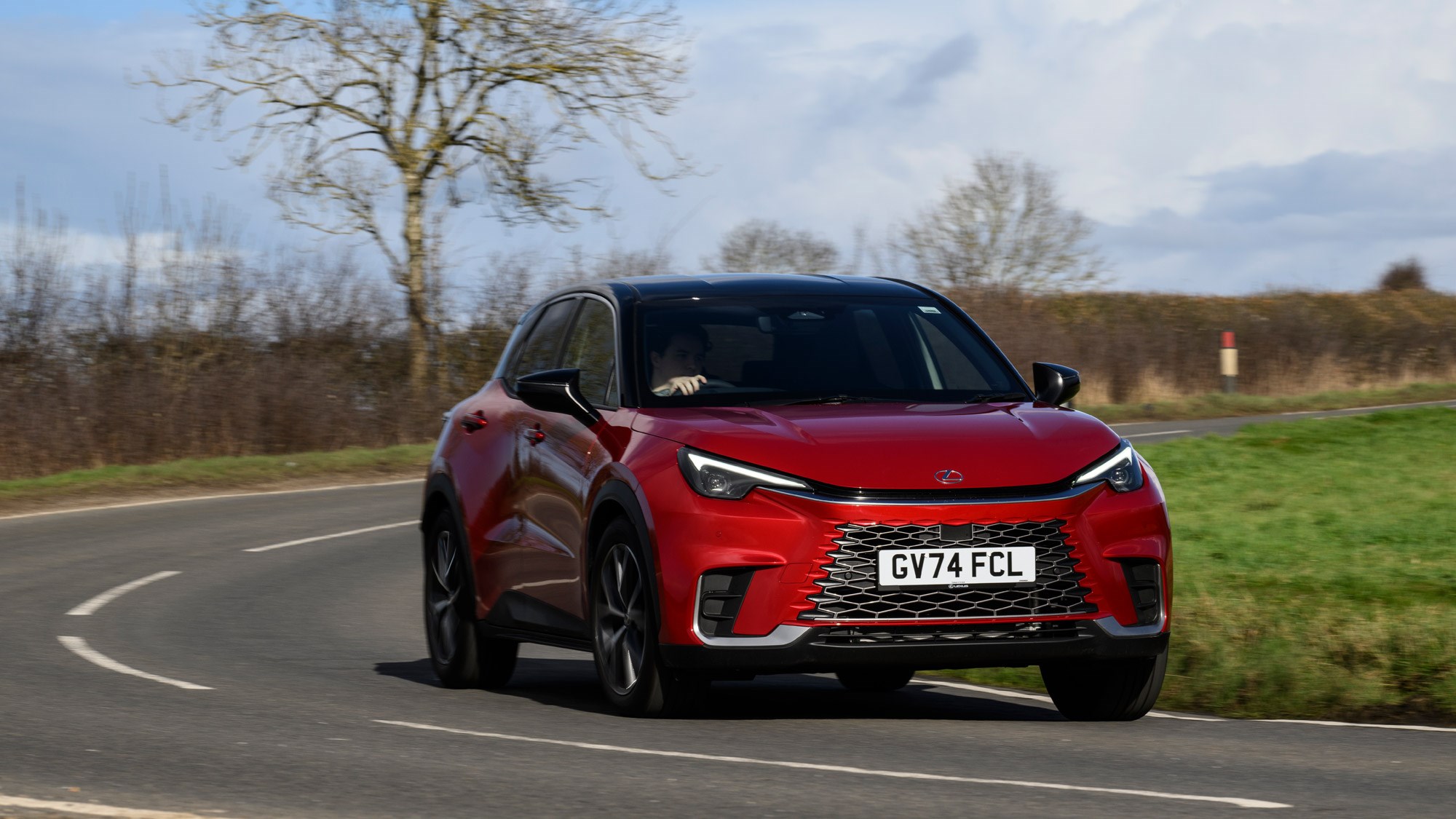
During our testing (of a FWD model) we achieved similar figures when driving carefully. We averaged around 50mpg on a motorway run, 55mpg on a mixture of fast and urban roads, and 60mpg-plus around town. It certainly has the potential of being a very cheap car to run.
The hybrid system uses surplus electricity to power an electric motor that can take some of the burden from the petrol engine, or electric motors in the case of the all-wheel-drive version.
How does it drive?
We’ve driven two versions of the front-drive LBX. Aside from differences of finish, the more basic one had a B mode on the gearshift, for enhanced battery recharging on the move, while the higher-spec version had what Toyota calls its Sequential Shiftmatic system, allowing the driver to adjust the engine braking force in six steps, which feels a little like changing gear in a manual car. That system also brings an S mode, for perkier shifts. (It’s a stepped CVT system, so there are no actual gears, but it’s designed to feel and sound closer to a traditional gearbox than a conventional whine-prone CVT.)
Both also have Eco and EV modes. Eco is for sedate pootling around. EV (available when the battery is sufficiently charged and your speed is sufficiently low) uses only the e-motor, so you might want to employ it when driving past schools, for instance. In the default normal mode, the car automatically plumps for whichever power source (engine, e-motor, both) is best suited to the performance you’re asking for and the charge available.
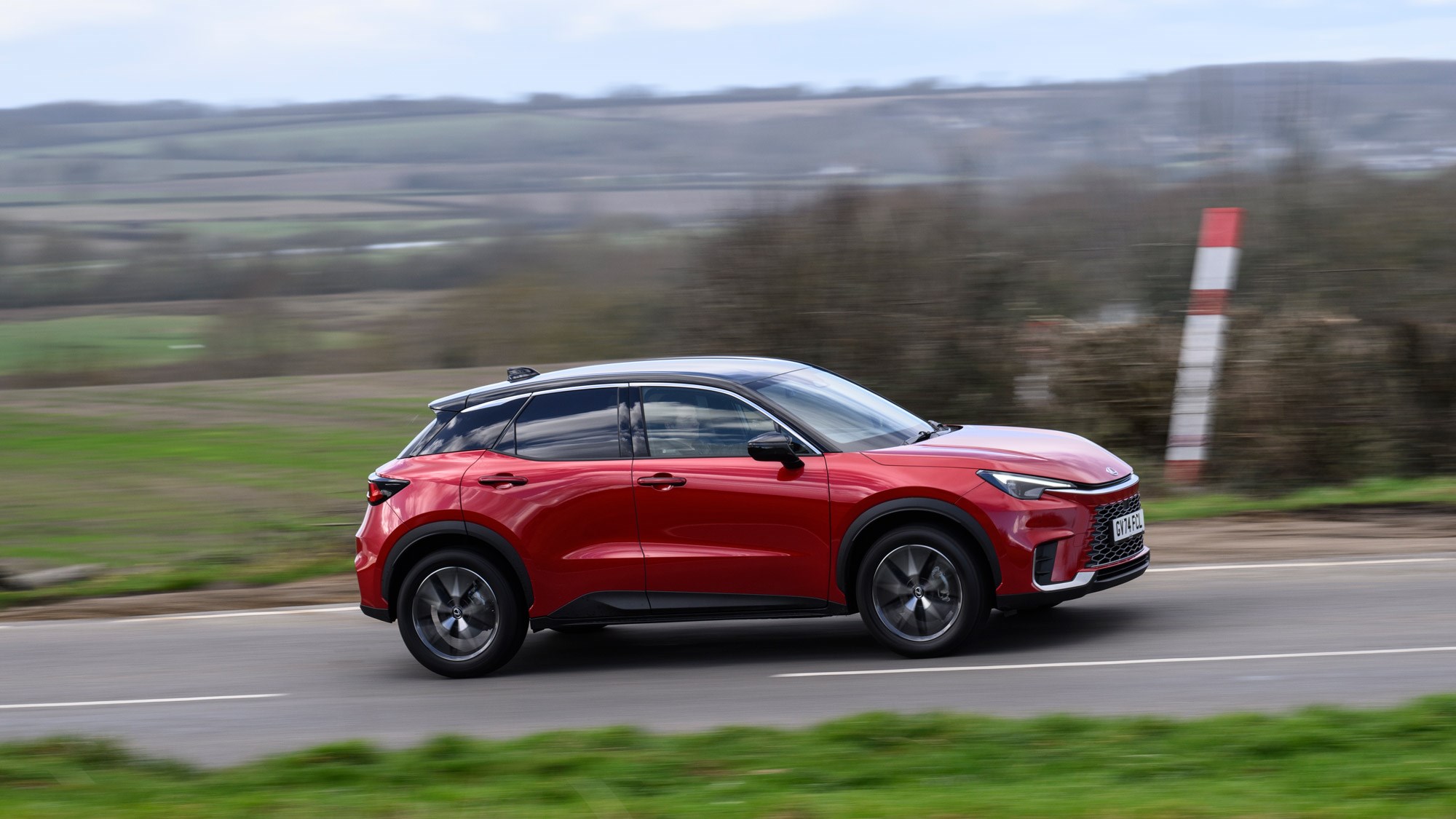
Changes between energy source are generally so smooth and unobtrusive that you often wouldn’t know, if it weren’t for the handy animation showing you, although when the engine fires up after a period of electric-only running you do notice. It’s no performance car but it’s lively enough to avoid holding up track and impressively smooth and easy to drive. Pity that the ride quality suffers around town, jolting over bumps in the road. It’s a bit disappointing for a Lexus as its cars are usually renowned for being comfortable. It’s not like the LBX sits on ridiculously sized wheels, either, as the largest alloys available are 18s.
What’s it like inside?
Up front, the LBX is reasonably roomy and comfortable, with well-shaped seats, a good view out and a driving position that’s only slightly higher than a hatchback’s. There’s a central touchscreen that houses many functions, but also a smattering of physical controls – for the heater, for instance.
The cabin design is fresh and effective, rather than particularly fancy or modern. Depending on your spec level, there will be varying degrees of suede-like or leather upholstery and trim. It certainly feels posher inside than a Toyota Yaris Cross, especially on higher spec models, but perhaps doesn’t feel as solid as the Audi Q2, which still has a particularly upmarket interior despite its advancing years.
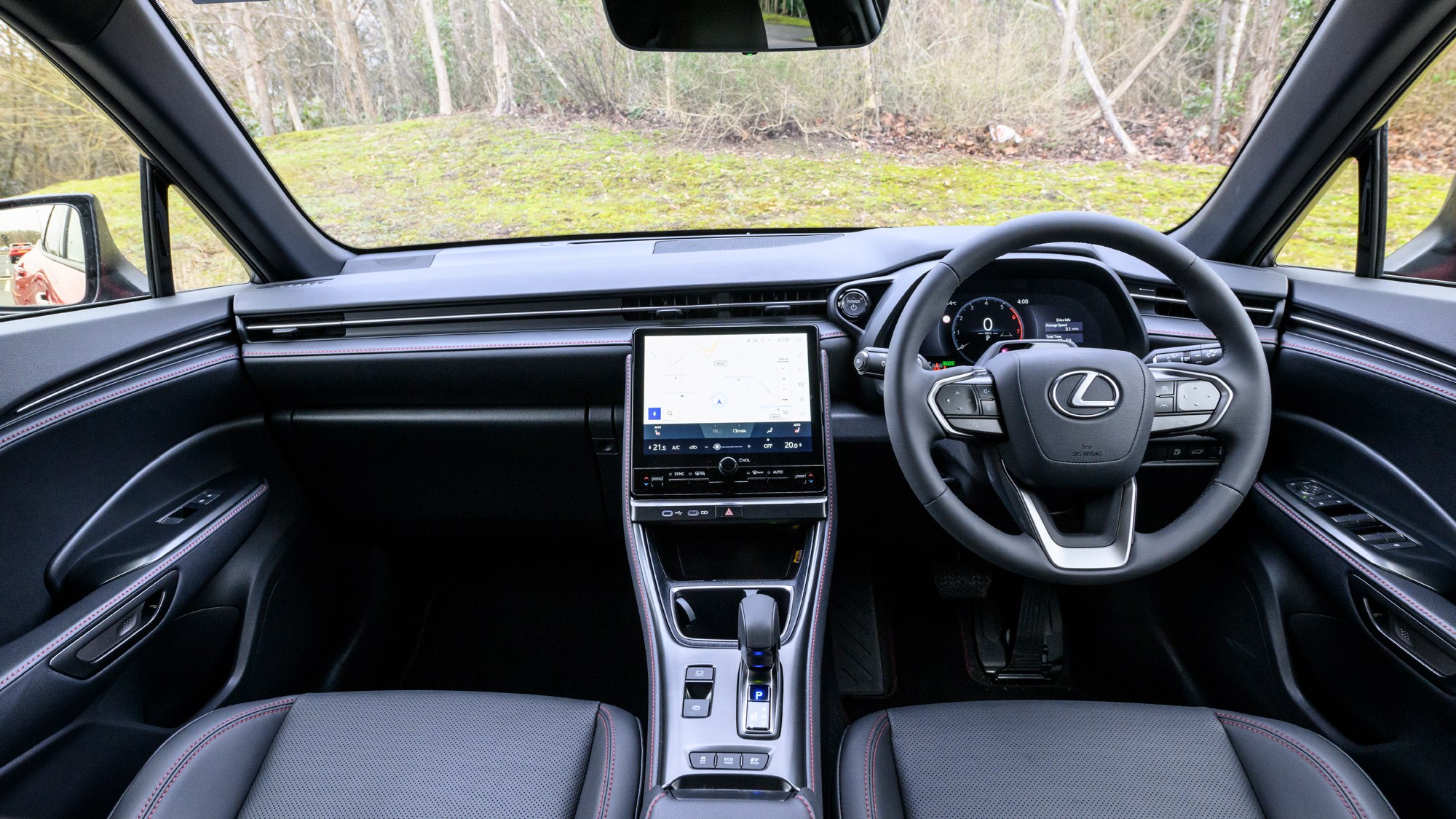
In the back there’s not much room for adults or taller children. The rear seat has three seatbelts, but you wouldn’t want to travel far with five on board the LBX. The lack of legroom encourages passengers to sit up straight, which then highlights the lack of rear headroom.
The boot is 402 litres, or 317 for all-wheel-drive versions. The rear seat splits 60:40, and can fold to expand the boot space to 994 litres.
Before you buy (trims and rivals)
Lexus hasn’t made things particularly simple when it comes to speccing up an LBX, with a choice of six trim levels. What is this, 2012 at Vauxhall?
The range starts with the Urban, with standard features including 17-inch alloys, adaptive cruise control, dual-zone climate control, a 9.8-inch touchscreen and 7-inch digital dial display. The Premium gains blind spot monitoring, rear cross traffic alert, synthetic leather upholstery and heated front seats. Next up, Premium Plus adds a head-up display, larger 12.3-inch digital instrument cluster, an electric boot and larger 18-inch alloy wheels.
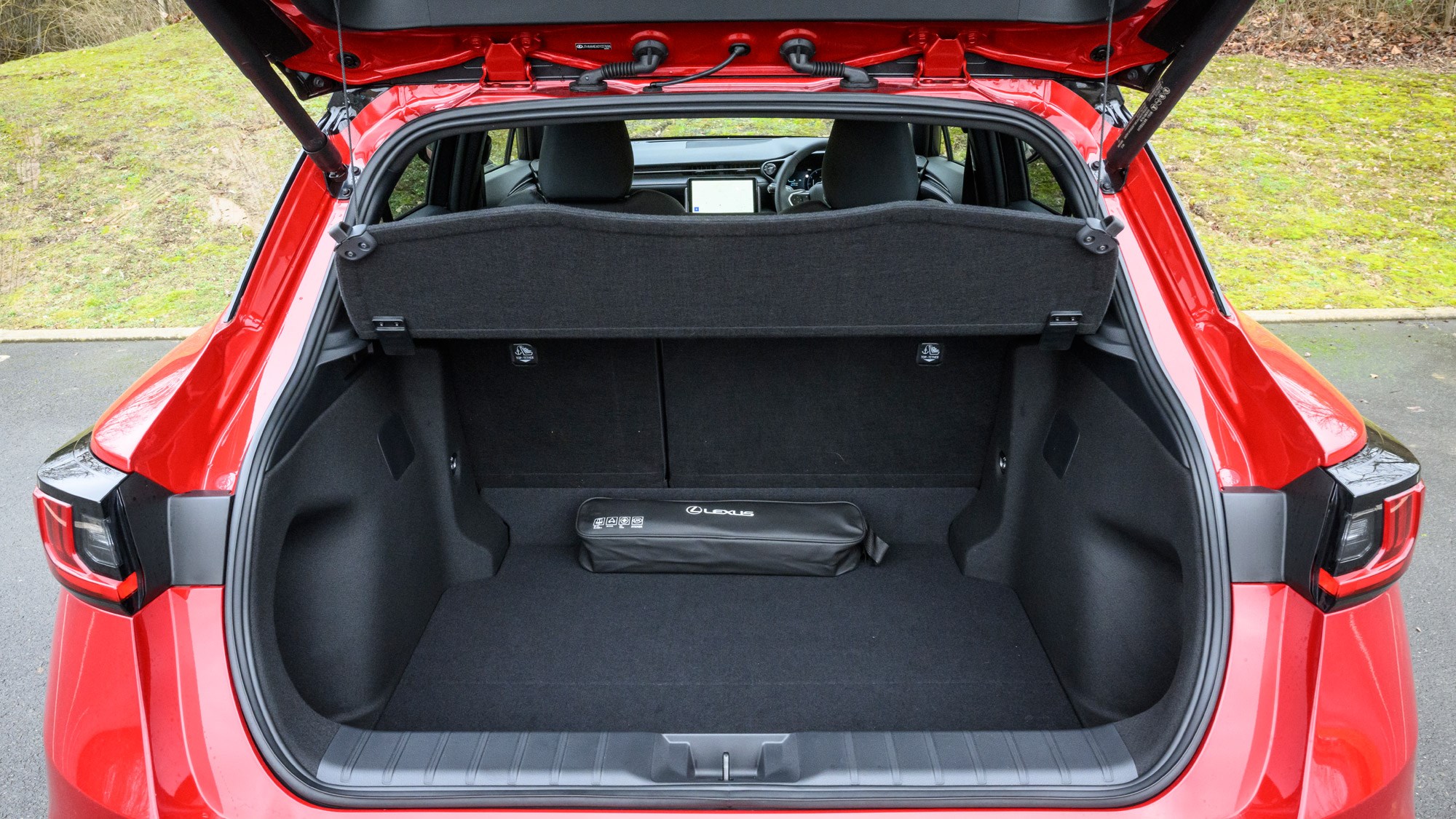
The Premium Plus Design grade is purely cosmetic, adding two-tone paintwork and machined 18-inch alloy wheels. You’ll find the same pack available on the top-spec Takumi, which speaking of which adds semi-aniline leather upholstery, an electric driver’s seat with memory function, a 360-degree camera, park assist and Lexus’s renowned Mark Levinson sound system.
In terms of pricing, the LBX starts from £30,915 in Urban trim, rising to £40,445 for a Takumi Design. You’ll pay £2,000 more on top of that for all-wheel-drive – don’t waste your money is our advice. Also don’t forget that the LBX’s warranty, as with any Toyota or Lexus, can last up to 10 years and 100,000 miles if you get it serviced at a main dealer annually.
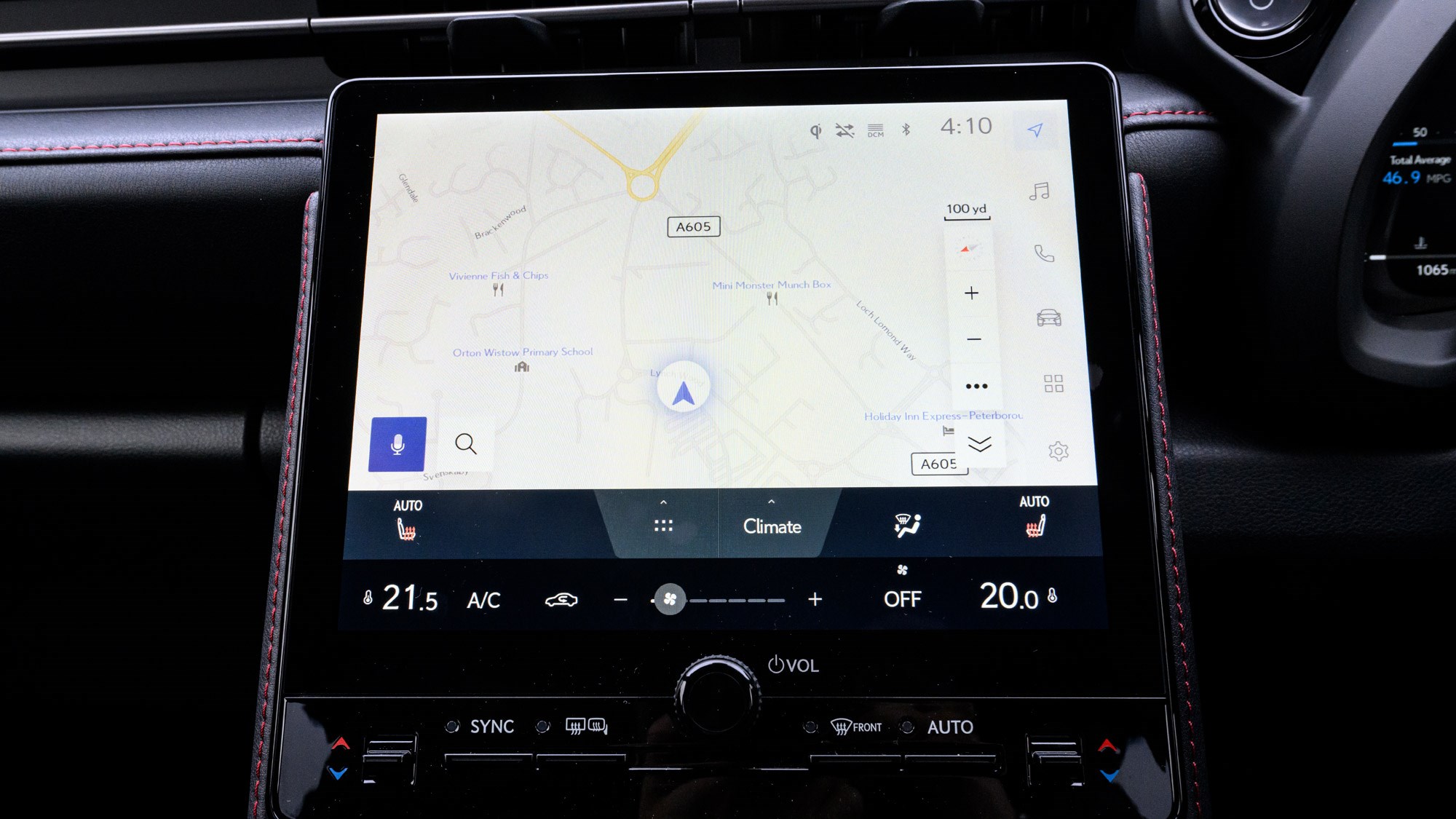
The Audi Q2 is the closest rival to the LBX, though its days are numbered and its tech lags well behind the Lexus. It’s slightly cheaper at £30,340, though, and its residuals are stellar. At the opposite (worse) end of the depreciation scale, the DS 3 starts from £32,910 and is a hard no from us. If badge isn’t a priority, we still think the best ICE small SUV is the Skoda Kamiq and you’ll get a top-spec version for what the cheapest LBX will cost you.
Verdict
Lexus set out to attract new buyers to the brand with the LBX and largely it will have succeeded. It’s a stylish, likeable small crossover that adds a finer level of detail (especially on top-spec models) and refinement to this class, and feels different enough to a Toyota.
If you want a posh-feeling small car, and the price and practicality aren’t of great importance, it’s certainly worth a look, but it’s not a great car otherwise – the price, lack of space and poor low-speed ride going against the usual Lexus sophistication.
For some, especially those with previous experience of owning a Lexus, the name, the warranty and the dealer network will add up to sufficient reason to go for the LBX rather than, say, a Audi. But for us it fails to stand out in a crowded market.